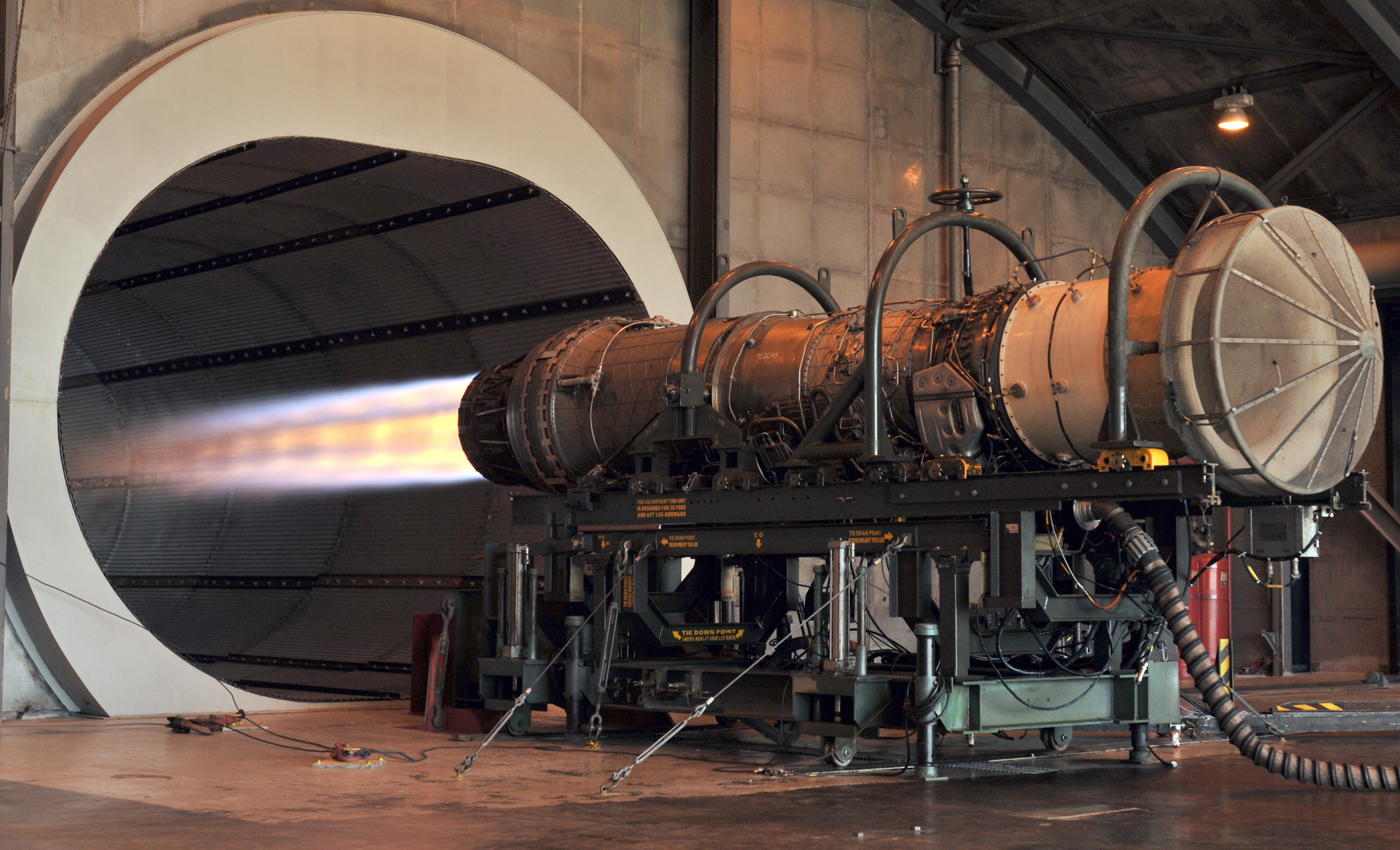Dictionary of Space Concepts
What is the Dictionary of Space Concepts?
The Dictionary of Space Concepts (DSC) is a project by UNIVERSEH – the European Space University of Earth and Humanity. Starting in 2020, this Alliance of five European Universities decided to launch an online dictionary dealing with terms and concepts related to space sciences. It should be created and used by students, lecturers, researchers and citizens alike.
After an initial planning phase, the DSC was published in spring 2022. It opens up several opportunities for all members of the UNIVERSEH Alliance and interested citizens to contribute to the content of the DSC.
In our course "Terms and Concepts of Space" (to the registration) , students learn how to write a dictionary article and later on contribute several entries to the DSC. Students and other members of the UNIVERSEH Alliance can also submit articles for the DSC via an entry in here . Interested citizens can contribute in this entry platform.
Once submitted, these articles are reviewed by UNIVERSEH Alliance staff and, if necessary, edited before their publication in the Dictionary.
In this way, the DSC is a dynamic project that is constantly expanding in content and quality through constant contributions from students, staff and citizens.
Currently sorted By last update ascending Sort chronologically: By last update
Crater | |||
|---|---|---|---|
 Dedal crater on the Moon Source: https://commons.wikimedia.org/wiki/File:Moon_Dedal_crater.jpg Short Definition: An impact crater is a circular depression in the surface of a solid cosmic body shaped by the hypervelocity collision of a smaller object. Impact craters are the major geographic features on a lot of solid Solar System objects, including the Moon, Mercury, plus the majority of small moons and asteroids. Detailed Definition: An impact crater is a circular distortion on the surface of a celestial body caused by the collision of a meteorite, asteroid or comet. Craters are the most common features of the exterior of rocky and rock-ice bodies in the Solar System. The observed number of craters contains data about the age of the geological structure covered by them. Impact craters should be distinguished from similar structures of other origin, for instance, volcanic craters. Etymology: First coined in 1613, from Latin crātēr (“basin”) and from Ancient Greek κρᾱτήρ (krātḗr, “mixing-bowl, wassail-bowl”). Sample Sentence(s): "Because of the many missions studying Mars since the 1960s, there is good coverage of its surface, which contains large numbers of craters." Translations: French: Cratère German: Krater Polish: krater Swedish: Krater Links to Videos/Articles: | |||
Aurora | ||
|---|---|---|
 Image/Video/Audio Source: Hemmingsen, J.A. (2016, January 8). aurora borealis in Ersfjordbotn. flickr. https://www.flickr.com/photos/64104971@N02/24226248576 Short Definition: An aurora is a phenomenon caused by the Sun (star). A bust of electrified gas (solar wind) from the star approaches planets. Small particles travel down the magnetic field lines towards both poles. Particles from the star interact with gas particles in the atmosphere, causing the creation of the light in the sky. Depending on the atmosphere composition, the colour of the aurora might be different. Oxygen glows green and red, nitrogen blue and purple. Auroras can appear on every celestial object that has an atmosphere and magnetic field. On Earth, the aurora near the North Pole is called an aurora borealis (northern light) and one near the South Pole is called an aurora australis (southern light). Etymology: “Aurorae are considered to be one of the seven natural wonders of the world.” (source: https://astronomy.swin.edu.au/cosmos/a/Aurora) Translations: French: German: Polish: Swedish: Spanish: Links to Videos/Articles: | ||
Dark energy | |||
|---|---|---|---|
Source: https://astronomy.com/news/2020/03/whats-the-difference-between-dark-matter-and-dark-energy Definition:Dark energy (not to be mistaken with dark matter) makes up approximately 68% of the universe, and it is distributed evenly not only in space, but also in time (therefore it has a global effect on the universe as a whole). This is a repulsive force, that accelerates the expansion of the universe. The rate of expansion and its acceleration can be measured by observations based on the Hubble law. The existence of dark energy is proven and its role in the universe can be described thanks to Albert Einstein’s theory of general relativity. Example Sentence(s):"Dark energy is generally accepted as contributing to the increased acceleration of the expanding universe, so understanding this relationship will help to refine how physicists and astrophysicists understand it." "And there are still no final answers to the questions surrounding dark energy." Translations:
Links to Videos/Articles:https://home.cern/science/physics/dark-matterhttps://astronomy.com/news/2020/03/whats-the-difference-between-dark-matter-and-dark-energy | |||
Dark matter | |||
|---|---|---|---|
Source: https://astronomy.com/news/2020/03/whats-the-difference-between-dark-matter-and-dark-energy Definition:Dark matter (not to be mistaken with dark energy) makes up about 27% of the universe. Unlike normal matter, dark matter does not interact with electromagnetic forces. This means it does not absorb, reflect or emit light, therefore it can't be seen, but researchers can detect it and map it by measuring gravitational lensing. Because of these properties, it works like an attractive force, holding the universe together. In the 1930s, astronomer Fritz Zwicky studied images of around 1,000 galaxies that make up the Coma Cluster and speculated that some kind of matter must be keeping them together. Astronomers Vera Rubin and Kent Ford found a similar phenomenon when they studied the rotation rates of individual galaxies, with even more evidence of the features mentioned above. The existence of dark matter is so widely accepted that it’s part of the "standard model of cosmology", although there is no solid evidence that it is real. There are many theories suggesting that physics beyond the Standard Model, such as supersymmetry and extra dimensions, exist. If other parallel universes exist, then physical features of each universe would be different, therefore the amount of dark matter in each universe would be different. Dark matter helps scientists gain a better understanding of the composition of our universe and how galaxies are held together. Sample Sentence(s):"You can see the galaxy clusters that Professor Zwicky studied to discover Dark Matter." "Dr. Shepherd's work enhances our profile in the area of Dark Matter exploration significantly." Translations:
Links to Videos/Articles:https://home.cern/science/physics/dark-matterhttps://astronomy.com/news/2020/03/whats-the-difference-between-dark-matter-and-dark-energy | |||
DART Mission | |||
|---|---|---|---|
Source: https://dart.jhuapl.edu/Gallery/media/graphics/lg/DART-infographic_v4.jpg Definition:A mission planned by NASA to test a method of planetary defense by redirecting an asteroid, which could hypothetically pose a threat to Earth, by means of the DART spacecraft deliberately crashing itself into this asteroid. The DART spacecraft was built by Johns Hopkins Applied Physics Laboratory and was launched on November 23, 2021 at Vandenberg Space Force Base in California. Its target is the binary near-Earth asteroid Didymos (780 m across) and its secondary body, or “moonlet”, Dimorphos (163 m across). This binary asteroid is situated roughly 11 million kilometers from the Earth and does not pose a threat to the planet, but corresponds to the size of a potentially hazardous celestial body (140 m or more in diameter). As a result of the planned collision at the end of September 2022, the orbit of Dimorphos will change, this change will be observed and measured using telescopes on Earth and the data will be used to predict effectiveness of kinetic impact for the purpose of asteroid deflection as a planetary defense method. (https://blogs.nasa.gov/dart/2021/11/24/nasa-spacex-launch-dart-first-planetary-defense-test-mission/) Etymology:DART stands for “Double Asteroid Redirection Test” Translations:
Links to Videos/Articles:https://www.youtube.com/watch?v=hbL07cZUEMU More detailed information on the project:https://www.nasa.gov/planetarydefense/dart https://dart.jhuapl.edu/ | |||
Deimos | |||
|---|---|---|---|
Definition:The smaller of the two natural satellites/moons of Mars situated farthest from the planet. Etymology:Named after Deimos, the Ancient Greek god of terror, twin brother of Phobos, son of Ares (the equivalent of the Ancient Roman god of war Mars). Translations:
Links to Videos/Articles: | |||
Elementary differentiation (Planetary differentiation) | ||
|---|---|---|
Source: By James St. John - Brachinite (NWA 3151 Meteorite) 3, CC BY 2.0, https://commons.wikimedia.org/w/index.php?curid=34763072 Short Definition:A process that a planetary body goes through during its formation to acquire its physio-chemical composition. Elementary differentiation can be witnessed on planets, and natural satellites such as the moon. Detailed Definition:Etymology:1. Elementary (Adjective), originating from Latin elementarius, which means “belonging to the constituents of all things”. 2. Differentiation (Verb), originating from Medieval Latin, differentiatus, which means “to distinguish”. Sample Sentence(s):“These high precision measurements (δ56Fe ≈ ± 0.04‰, 2 S.D.) place tight constraints on Fe isotope fractionation during planetary differentiation.” Translations:
Links to Videos/Articles:
[Gardner-Vandy et Al. (2012)] The Tafassasset primitive achondrite: Insights into initial stages of planetary differentiation Differentiation Planetary, Frank Sohl and Doris Breuer, Encyclopedia of Astrobiology.
| ||
Interstellar Medium | ||
|---|---|---|
 webteam@eso.org. (n.d.). ESO - The Planet, the Galaxy and the Laser. 1999- 2008 ESO. https://web.archive.org/web/20081121184421/http://www.eso.org/gallery/v/ES OPIA/Paranal/phot-33a-07.tif.html Short Definition: The interstellar medium (ISM) is a composition of radiation and matter which occurs between star systems, which are compositions of stars orbiting each other. The medium is usually created from various gasses, mostly hydrogen and helium. This matter is a filler between the stars. Detailed Definition: The interstellar medium (ISM) is a region filled with gas and dust in between stars. The medium is created when a star dies. As the star collapses into itself, it releases huge amounts of energy and matter at high velocity and high temperature. When this mix encounters patches of interstellar gas, the visible nebulas of interstellar medium are created. The gas is ionized, and space dust blocks certain light waves which. Contrary to common belief, space is not completely empty and is not a full vacuum but is filled with matter such as gas and space dust. The interstellar medium is impactful in formations it is in. Stars which are positioned in the denser areas of ISM supply it with matter and energy through stellar winds or supernovae (the explosion of a star). The inter-influence of stars and ISM formations helps scientists determine the lifespan of given star formations. Etymology: This phrase is a conjunction between the words 'interstellar' and 'medium'. The word 'interstellar' comes from combining the prefix 'inter' from Latin for "between" and the word 'stellar' from Latin 'stellaris' meaning "pertaining to a star". The word 'medium' from Latin medium "the middle, midst, center; interval" Sample Sentence(s): 1. The interstellar medium can be visible with long exposure astrological
photography. Translations: French: milieu interstellaire German: interstellares Medium Italian: mezzo interstellare Polish: ośrodek międzygwiazdowy Swedish: interstellärt medium | ||
Jet engine | ||
|---|---|---|
 U.S. Air Force. (2010, November). F100 F-15 engine. Retrieved from https://upload.wikimedia.org/wikipedia/commons/6/69/F100_F-15_engine.JPG Photograph of a jet engine in operation, with a long converging plume of hot gas streaming out from the nozzle Short Definition: A jet engine is a reaction engine that produces a jet of heated gas to be discharged from the engine as a reaction mass. The Propelling gas is usually air, especially when the engine is used in the atmosphere on flying vehicles, but can be other gas or liquid. Detailed Definition: A jet engine is a reaction engine that discharges a fast-moving (often supersonic) jet of hot gas (usually air, if the engine is used in the atmosphere) and to generate thrust. Jet engines are usually internal combustion engines and used everywhere: on planes, boats and rockets. Etymology: Jet – from French jet– throw, cast, gush, spurtEngine – from Middle English engyn or Anglo-Norman engine or Old French engin– skill, cleverness, war machine Sample Sentences: The jet engine roared as the airplane accelerated down the runway. Translations French: Moteur à réactionGerman: Turbinen-Strahltriebwerk Italian: Esoreattore Polish: Silnik odrzutowy Swedish: Jetmotor Russian: Реаĸтивный двигатель Ukrainian: Реаĸтивний двигун References: SKYbrary Aviation Safety. (2019, December). Jet engine. Retrieved from https://www.skybrary.aero/articles/jet-engine Airbus. (2016, November). Flight operations briefing notes – Supplementary techniques : Handling engine malfunctions. Retrieved from https://web.archive.org/web/20161022181226/http://www.airbus.com/fileadmin/media_gallery/files/safety_library_items/AirbusSafetyLib_-FLT_OPS-SUPP_TECH-SEQ07.pdf | ||
